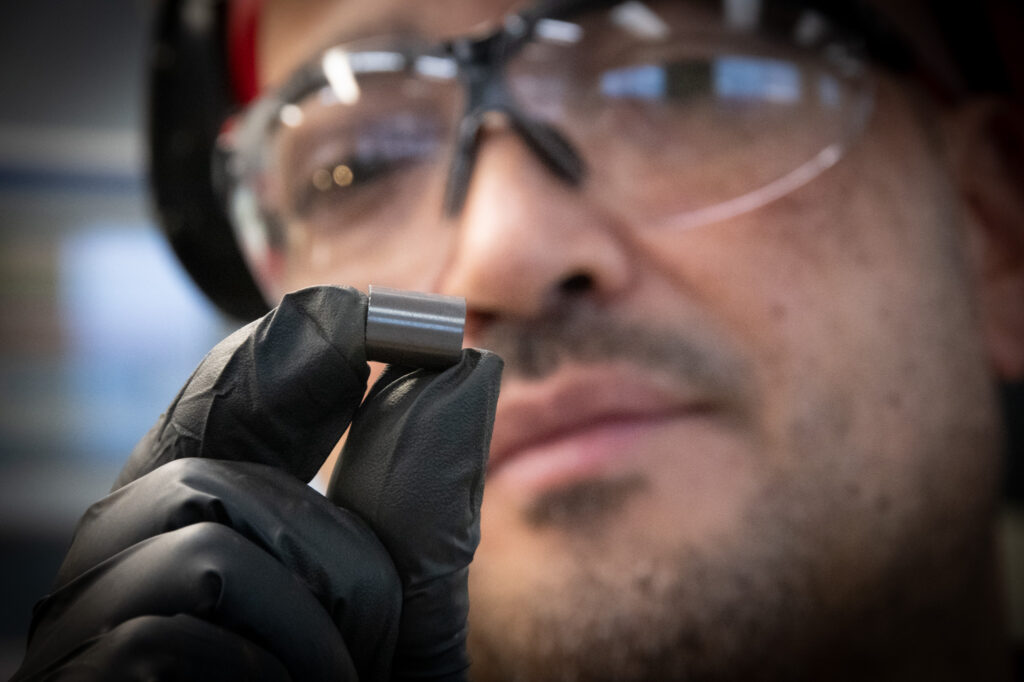Canadian Nuclear Safety Commission:
Introduction to Radiation | Uranium Overview | Health Studies
Government of Canada:
Radiation and your health
Peterborough Public Health:
Uranium | Frequently Asked Questions
Toronto Public Health:
Environmental Uranium Levels Near 1025 Lansdowne Avenue, Toronto
Kathleen Augustin
Manager, CO Communications & Community Relations
[email protected]
1.855.696.9588
Home » BWXT-NEC » Environment & Safety » Radiation and Uranium
Radiation is energy in the form of waves or particles. Radiation doesn’t just come from nuclear energy – it’s all around us. We’re exposed to both natural and man-made sources of radiation every day. There are two types of radiation: ionizing and non-ionizing.
Uranium is a naturally occurring, weakly radioactive element that is present at low levels in the environment. This element is found naturally in soil and rocks, in the water we drink and even in the air we breathe.
Because uranium is a naturally occurring, low-level radioactive material that is found across virtually all parts of our environment, it contributes to what is called “natural background radiation.”

The Canadian Nuclear Safety Commission regulates the nuclear energy industry to limit the radiation that nuclear energy workers and members of the public receive.
In 2023, the estimated annual public dose from our Toronto facility was 0.004 mSv and the estimated annual public dose from our Peterborough facility was 0.000 mSv.
BWXT has a comprehensive radiation protection program and is guided by the principles of ALARA (as low as reasonably achievable). We use the best available technology to restrict uranium emissions and ensure emissions from our facilities are as low as possible. The small amount of uranium emissions that do occur does not pose a risk to members of the public.


© 2025 BWXT Nuclear Energy Canada, Inc. All Rights Reserved.
Privacy | Contact Us | Terms of Use | Land Acknowledgement
The products and services described herein are provided by subsidiaries of BWX Technologies, Inc.